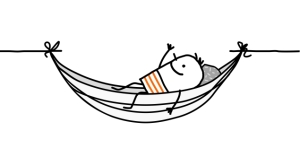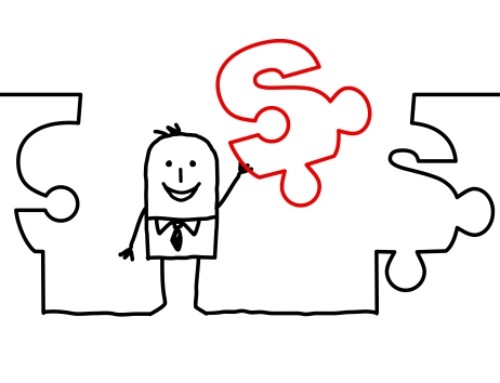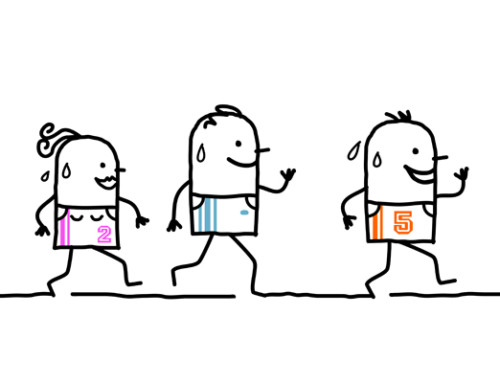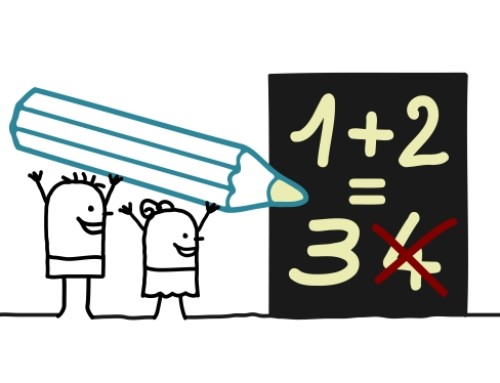In this article, I discuss why performing activities to relax your body is fundamental to managing stress.
Estimated reading time: 3 minutes.
One of the most common issues clients for which clients seek help is how to manage stress. When I work with clients on this issue, I help them to implement a ‘game plan’ for managing stress which consists of a set of strategies.
A key component of this game plan for managing stress is performing activities which relax the body to relieve the physical tension which comprises the stress response known as ‘fight or flight’. In the following sections, I will discuss the activities you can perform which accomplish this goal.
What is physical self-focused coping?
Physical self-focused coping is a form of coping with stress. It is within the category of self-focused coping which contrasts with the category known as problem-focused coping. Problem-focused coping entails taking action to address problems and stressful situations which add to your stress and make it hard to manage. Self-focused coping involves using strategies, skills and activities to make it easier to manage problems and stressful situations while you are addressing them with problem-focused coping.
Self-focusing coping has three sub-categories of strategies: (1) Behavioural—engaging in behaviours and activities to give yourself a break from thinking about problems and stressful situations; (2) Cognitive—addressing negatively skewed thoughts about problems and stressful situations which add to your stress in dealing with them; (3) Physical–performing activities which relax the body to relieve the physical tension which comprises the stress response.
It is important to realize that your ability to manage stress will be improved the more you use the entire ‘menu’ of stress management strategies—including physical self-focused coping.
Two types of physical self-focused coping
There are two types of physical self-focused coping which help to calm the body’s reaction to stress. One type involves activities you perform on a regular basis when you’re not in stressful situations. The second type involves activities you perform when you are dealing with stressful situations.
When you’re not in stressful situations, regular cardiovascular or aerobic exercise is an excellent activity to help you manage stress on a regular basis. The relaxation effects on the body from doing this type of exercise will make it easier for you to calm your body when you are in stressful situations. Meditation is another activity you can do when you’re not in stressful situations which will make it easier for you to calm your body when you are in stressful situations.
When you’re in stressful situations, there are activities you can perform which will help you to calm your body ‘in the moment’. An easy-to-use activity for this purpose is relaxed breathing. This fills your diaphragm with air and calms your body while lowering your heart rate. The relaxed breathing routine I follow and recommend is the ‘centering breaths’ exercise described by sports psychology consultant Jason Selk in his book 10-Minute Toughness. This exercise uses the 6-2-7 breathing method in which you inhale for six seconds, hold for two seconds and then exhale slowly for seven seconds.

Practicing physical self-focused coping creates a positive coping cycle
If you practice physical self-focused coping, it will make it easier for you to use the other coping strategies to manage stress. In effect, it facilitates a positive cycle of coping.
That is, if you regularly calm your body’s reaction to stress, it will be easier for you to engage in activities to take your mind off your problems (behavioural self-focused coping), it will make it easier for you to view your problems in an accurate way rather than in a negatively skewed way (cognitive self-focused coping) and make it easier for you to take steps to address your problems and stressful situations (problem-focused coping).
Practicing physical self-focused coping makes it easier to accept and manage emotions
Experiencing emotions like stress, anger, frustration, anxiety, guilt and embarrassment are part of the human condition. As such, it is impossible to avoid such emotions and we experience them as we go about our daily lives.
Physical self-focusing coping reduces the intensity of these emotions by relaxing the bodily component of these emotions. In turn, physical self-focused coping makes it easier to accept these emotions, function effectively while experiencing them and even use them to our benefit (such as when an athlete or other performer channels a manageable level of stress into a great performance).
If you use the physical self-focused coping strategies discussed in this article, you too can manage stress and other emotions effectively.
May you use physical self-focused coping strategies to manage stress,
Dr. Pat





Leave A Comment